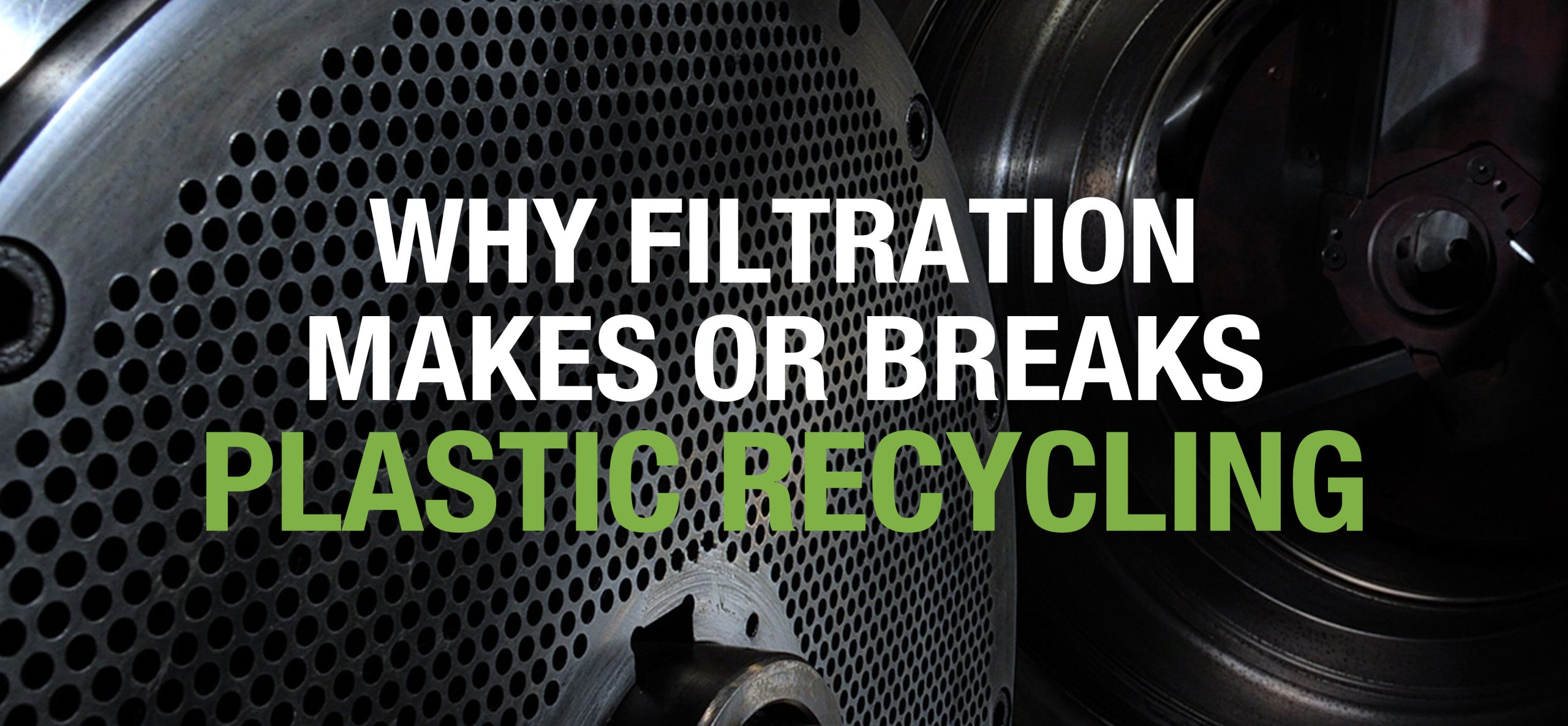Why filtration makes or breaks plastic recycling

Filtration is the critical step that determines the quality, safety, and usability of recycled plastics – and increases the profitability of the recycling process.
Plastic recycling is only as effective as its filtration process. While shredding, melting, and pelletizing are important, filtration is the critical step that determines whether recycled material can meet performance standards and be reused in high-quality applications.
Here are the key ways filtration makes or breaks the quality of recycled plastic:
Removes contaminants from the melt
Filtration eliminates impurities like paper, wood, metals, and degraded polymers, ensuring the plastic melt is clean and uniform before pelletizing.
Improves quality of recycled pellets
A cleaner melt results in stronger, more consistent pellets with better surface finish and mechanical properties – essential for producing reliable end products.
Protects extrusion and downstream equipment
Clean melt reduces wear and clogging in extruders, dies, and pelletizers. This cuts down on maintenance, prevents defects, and minimizes costly downtime.
Enables use in high-end applications
Effective filtration helps recycled plastic meet the strict quality standards required for packaging, automotive, and other high-performance industries – opening access to wider markets.
Increases profitability
High-performance filtration machines like ONE and DUO produce higher-quality material with less waste and downtime, making recycled plastic more competitive than virgin alternatives.
To learn more about ONE and DUO, email Alessandro Sartori at alessandro.sartori@breakmachinery.com